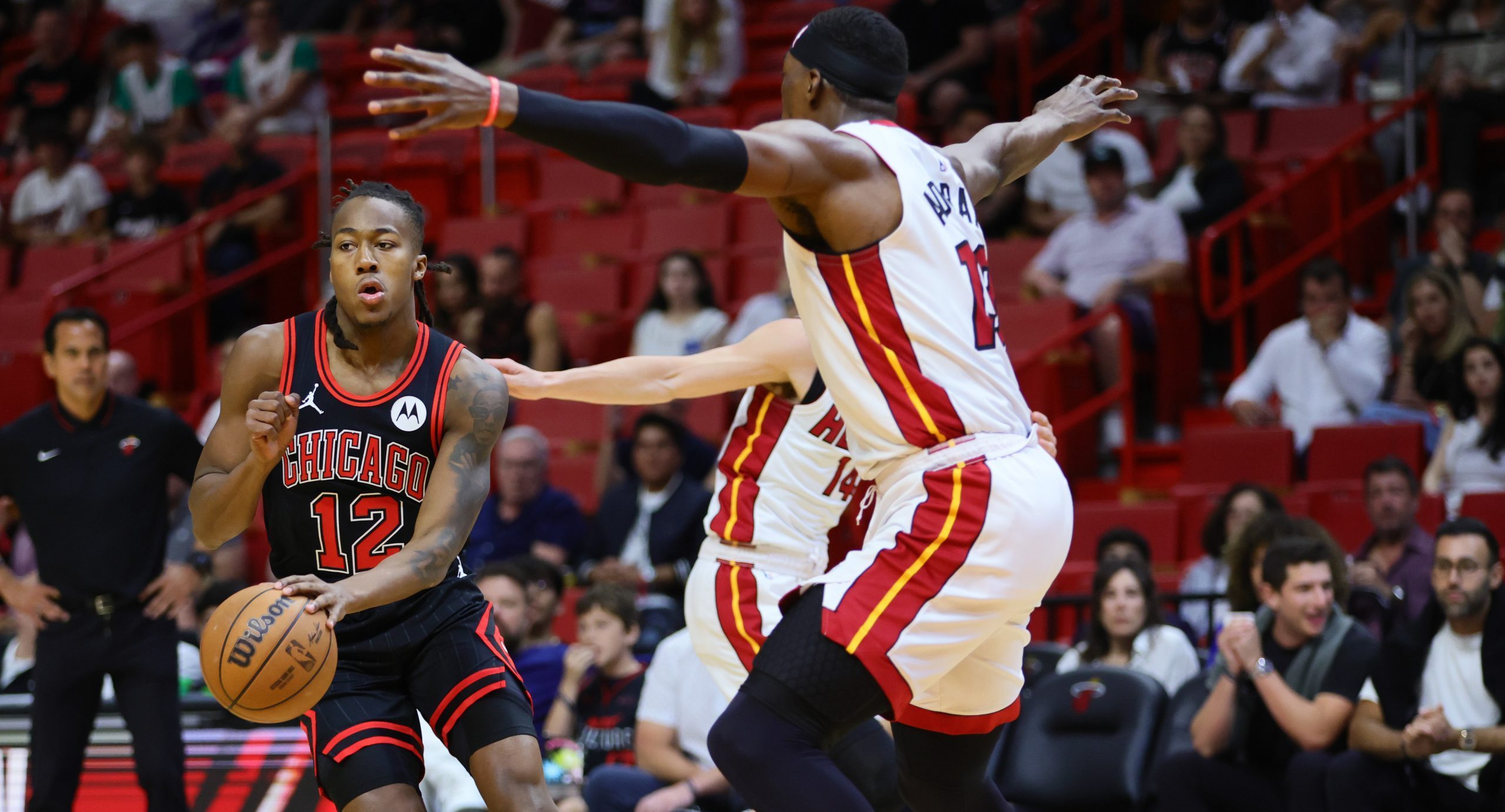For a long time, the blue “verified” checkmark on Twitter was a way to distinguish established and reputable news sources from less reputable sources or outright imposters. But with the new Twitter verification process rolled out by new owner Elon Musk which essentially allows anybody to receive Twitter’s “verified” status by simply paying an $8 monthly fee, that blue check mark can no longer be trusted.
After Twitter rolled out its new verification update on Wednesday, the site was immediately (and totally predictably) flooded with accounts impersonating star athletes and prominent media personalities in an effort to dupe Twitter users with false information.
Within hours of the new Twitter update, multiple fake accounts sprang up impersonating sports stars like LeBron James and Connor McDavid as well as sports media personalities Adam Schefter and Ari Meirov – all with a blue “verified” check mark.
well the new paid checkmarks seem to be working exactly how we all expected pic.twitter.com/4Thk63i9il
— SB Nation (@SBNation) November 9, 2022
Even though some of these accounts were eventually suspended by Twitter for impersonating someone else – like a fake LeBron James account that announced a fake trade request from the Los Angeles Lakers – there is nothing stopping someone from simply creating a new account, paying $8, and doing the same trick over again.
It’s worth noting that even though the paid “verified” accounts do appear to have the same blue check mark as the more traditional verified accounts, Twitter does actually differentiate between the two verification checkmarks. Clicking on the check mark on an accounts bio page will prompt a message explaining why the account is verified.
Pro-tip for Twitter verification madness… Click the check mark to verify the account.
Note the difference between this fake Adam Schefter and the real NBC Sports Chicago. Clicking the checkmark tells you why they're verified. pic.twitter.com/ydrd2zbTkG
— Michael Allardyce (@mikedyce) November 9, 2022
To be clear, fake Twitter accounts impersonating celebrities are certainly not a new phenomenon. Ballsack Sports – which is now a verified account, thanks to the new Twitter policy – has become infamous in that regard, gaining over 200,000 Twitter followers largely by Tweeting fake quotes and news over the past few years.
But now that those fake and parody accounts can do the same thing with a “verified” blue checkmark attached to their name, the game has changed a little bit.







